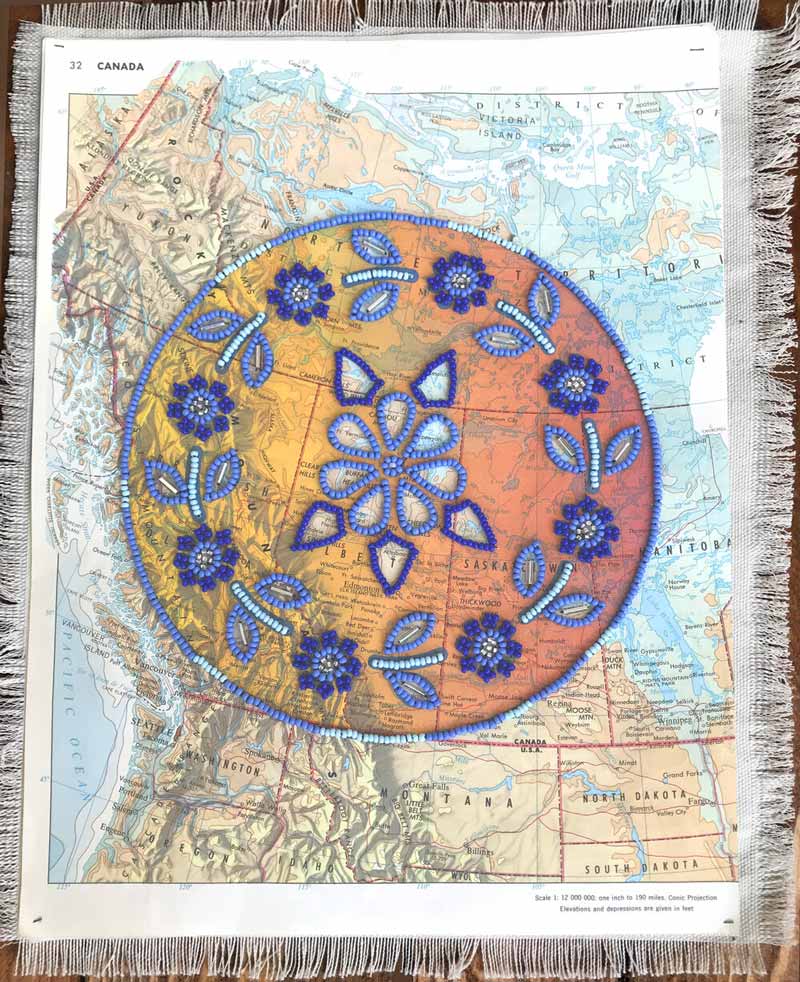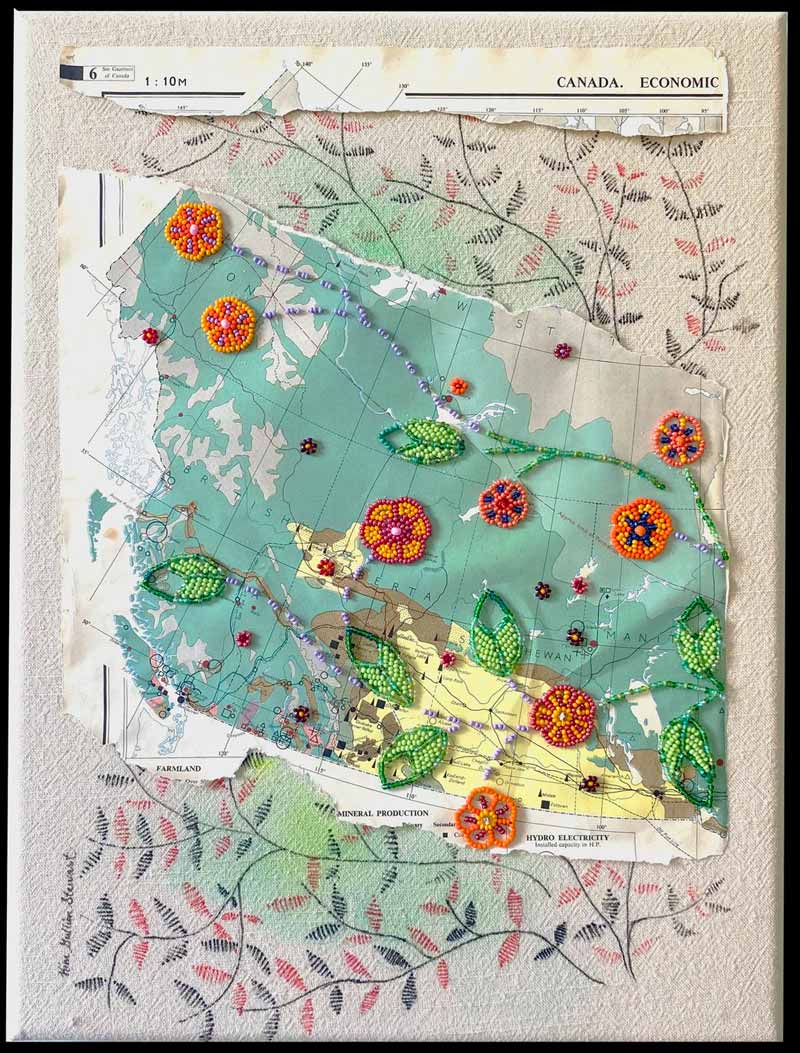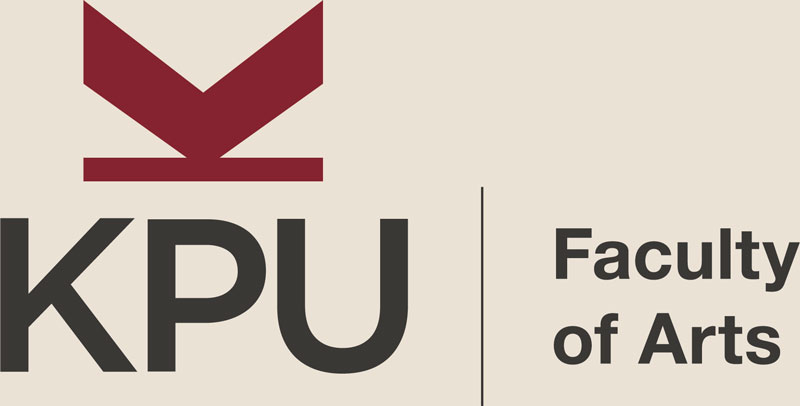G.3 Unlearning the Nation: Transnational Possibility and Canadian Art Histories in the World
Sat Oct 21 / 13:45 – 15:15 / KC 201
chairs /
- Elizabeth Cavaliere, OCAD University
- Jen Kennedy, Queen’s University
The history of Canadian art is a transnational history. Canadian art historiography, however, is strongly rooted in national narratives. Taken one way, the prefix trans in transnational—which signals a myriad of relationships across, between, and beyond geopolitical national boundaries—describes the material and epistemic violence of Canada’s formation. As a settler-colonial nation, this country cuts across territories of First Nations, Métis, and Inuit peoples. Taken another way, it offers a methodology for unsettling colony-to-nation narratives of Canadian art history and for rethinking about the relationships between art, nation, and nationhood, and between local, regional, and global cultures. Reframing Canadian art history in light of global networks focuses on the exchange and flow of ideas, peoples, artistic connections, and institutions beyond political borders. Building on the foundational work of Monika Kin Gagnon, Charmaine Nelson, and Alice Ming Wai Jim, among others, this panel invites papers on any period that consider Canadian art as a site of cultural encounter and transnational connections. We were particularly interested in transnational approaches to Canadian art that decenter/denaturalize a unified nationalist history which reinforces and reinscribes a narrative of white, male, heterosexual, colonial settlement, and the near exclusion of Indigenous, Black, people of colour, immigrants, women, queer and trans people.
keywords: Canada, transnational, un-learning, encounter, global
session type: panel

Kim Gullion Stewart. They Make a Well Beaten Path. 2020. 29 cm x 23 cm. #10 seed beads, linen, lithograph print. Canadian Indigenous Art Centre.

Kim Gullion Stewart. Making and Remaking Memory. 2022. 30 cm x 40 cm x 7 cm. Beads, linen, paint, lithograph print, wood.
They Make a Well Beaten Path: Placemaking and Transmotion in Métis Counterbeading
- Skye Haggerty, University of Alberta
The creation of boundaries and borders has been a way in which maps helped displace people both physically and in cultural memory. For example, surveying post-1869 by the newly formed Dominion of Canada contributed to the displacement of Métis peoples and their First Nations relatives. This mass exile meant that many Métis people experienced the breaking of communal ties, the loss of traditional ways of life, and estrangement from their homelands. But this narrative of forced migration, while accurate, is at risk of concealing the fragile, temporary nature of the lines and borders established in its wake.
Métis artist Kim Guillon Stewart’s counter-beading on textbook maps of Canada creates works in which colonial borders are porous and temporary. These borders cannot contain the historical reality of movement and migration that formed and now informs Métis identity. Additionally, reimagining archival materials, such as lithograph school atlas maps, through a traditionally gendered art form helps us see the peoples and communities hidden within these constructed lines. Her work offers an alternative view of these spaces as unfixed and changeable territories that must be made and re-made through time and space. Thus, this analysis argues that counter-beading is rooted in the archival imaginary and Indigenous transmotion and is a way of countering the national narratives claimed by maps and other archival materials.
keywords: archives, countermapping, materiality, transmotion
Skye Haggerty is a Métis scholar and graduate student (MA thesis) in the History of Art, Design, and Visual Culture in the Department of Art and Design. She has participated in the Indigenous Student Museum Internship at the Royal Alberta Museum in Edmonton and worked as Assistant Curator in their Indigenous Engagement department. She has also undertaken extensive research on Métis material cultures and foodways, has worked as an interpreter at Métis Crossing Historical Park, and is currently installing displays of Indigenous materials at the Camrose and District Centennial Museum in Camrose, Alberta.
Unlearning Canadian architectural history: Decentering nationalist narratives in the classroom
- Jessica Mace, University of Toronto
Canadian architecture often gets a bad rap. It is frequently viewed as derivative, framing Canada as a remote outpost of empire or as the copycat younger sibling of the United States. In part, this notion comes from the canonized literature, much of which was written at a time when dominant academic thinking was ensconced in the colonial project.
But this perception tells only one side of the story and contradicts the rich, multi-faceted architectural history and heritage on this land. It also runs contrary to the vibrant state of research in the field today, not to mention the lived experience of Canadians. So, how do we decenter and denaturalize the view of the canon of architecture as by and for white, colonial settlement?
The classroom is a great place to start. This paper will examine a Canadian architectural history course at the University of Toronto, delivered in 2021 and 2023, that sought to unveil overlooked narratives of diversity in the built environment hiding in plain sight. It did so through the content and the assignments, in which students worked with the Architectural Conservancy of Ontario (2021) and the Ontario Heritage Trust (2023). In so doing, students gained a more complete understanding of the architecture of Canada, architectural history more generally, and the power of heritage. In short, this paper will run through the revised course content, the innovative partner-centered projects, and student feedback to demonstrate the true potential of the study of architecture and heritage in our own backyard.
Jessica Mace, Ph.D., is a Postdoctoral Fellow in the Department of Art History at the University of Toronto, working with the Canada Constructed initiative, which offers undergraduate courses, experiential learning, and internships in the field of the architecture, landscapes, and heritage of Canada. She is also Editor-in-Chief of the Journal of the Society for the Study of Architecture in Canada, Secretariat Officer for the Association of Critical Heritage Studies, and an Associate Researcher, with the Canada Research Chair in Urban Heritage at UQAM.
Weaving Across Borders: Exploring Traditional Korean Tapestry Found in Canada Through Recreation in Transnational Landscape
- Jung Ah Kim, Queen’s University
This project focuses on modam, a traditional Korean woolen carpet discovered at the Textile Museum of Canada. Before moving to Canada, I had limited knowledge of textile practices and culture. However, my interest in weaving grew when I participated in an oral history project with a local community of weavers and spinners in Kingston. As I delved deeper into the craft, I eventually explored my own textile heritage which led me to the Textile Museum of Canada, where I encountered modam for the first time. Modam represents a piece of history at risk of being lost forever, which immediately fascinated me to explore its story. One of the approaches involves acquiring knowledge about modam by recreating it using traditional techniques. However, my goal is not to replicate an authentic historical experience by using exclusively traditional Korean materials and methods. Instead, I recognize the importance of my personal experience in Canada and the fusion of transnational influences throughout the process. By intertwining my personal journey with the craft in Canada, I aim to explore how this fusion relates to tradition, mastery, and cultural heritage. I would like to combine the research on the traditional Korean method with insights from local weavers in Kingston. This blending of experiences highlights the significance of my cultural heritage through the lens of my Canadian experience. This dynamic raises important questions. Is the project primarily an archiving practice or an artistic endeavor? Will the recreated modam represent the original carpet or the author's journey and self-discovery? These questions will be addressed in the presentation, where I will share my exploration and reflect on the interplay between heritage, personal identity, and artistic expression.
keywords: Modam, textile histories, transnational, craft
Jung-Ah Kim is a filmmaker/researcher/curator currently based in Kingston, Canada. She received her MFA in Documentary Media from Northwestern University (2019) in Chicago and is a Ph.D. student in Screen Cultures and Curatorial Studies at Queen’s University. She is interested in experimenting with material conditions of both digital and handcraft media to make images move. She also conducts oral history projects working closely with communities that inform her curatorial practice.
What the Problem Reveals about the Solutions: Adaptability, Feminist Administrative Models, and Access to Funding at Women in Focus
- Amber Berson, The Visual Arts Centre, Montreal
In this paper, I look at the relationship between the feminist artist-run centre Women in Focus and In Visible Colours – a multi-day third-world cinema conference and festival. The legacy of the fall-out between the two projects continues to impact equity in the arts to this day.
Executive Director of The Visual Arts Centre in Montreal (CA), Amber Berson is a writer, a curator, and an Art Historian. She holds a doctoral degree from Queen’s University where her SSHRC-funded research examined artist-run culture and feminist, utopian thinking. She is also an Affiliate Assistant Professor in the Department of Art History at Concordia University, in Montréal, where she is working on a long-term research project on the history of equity-seeking artist-run centres tentatively titled Parallel. In her spare time, Berson works on knowledge equity projects, especially with the Art+Feminism Wikipedia project, where she worked in various capacities for a decade and now sits on the Board. In addition to her curatorial work, Berson’s writing has been published in a variety of Canadian and international publications.

